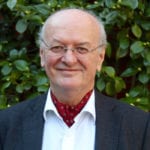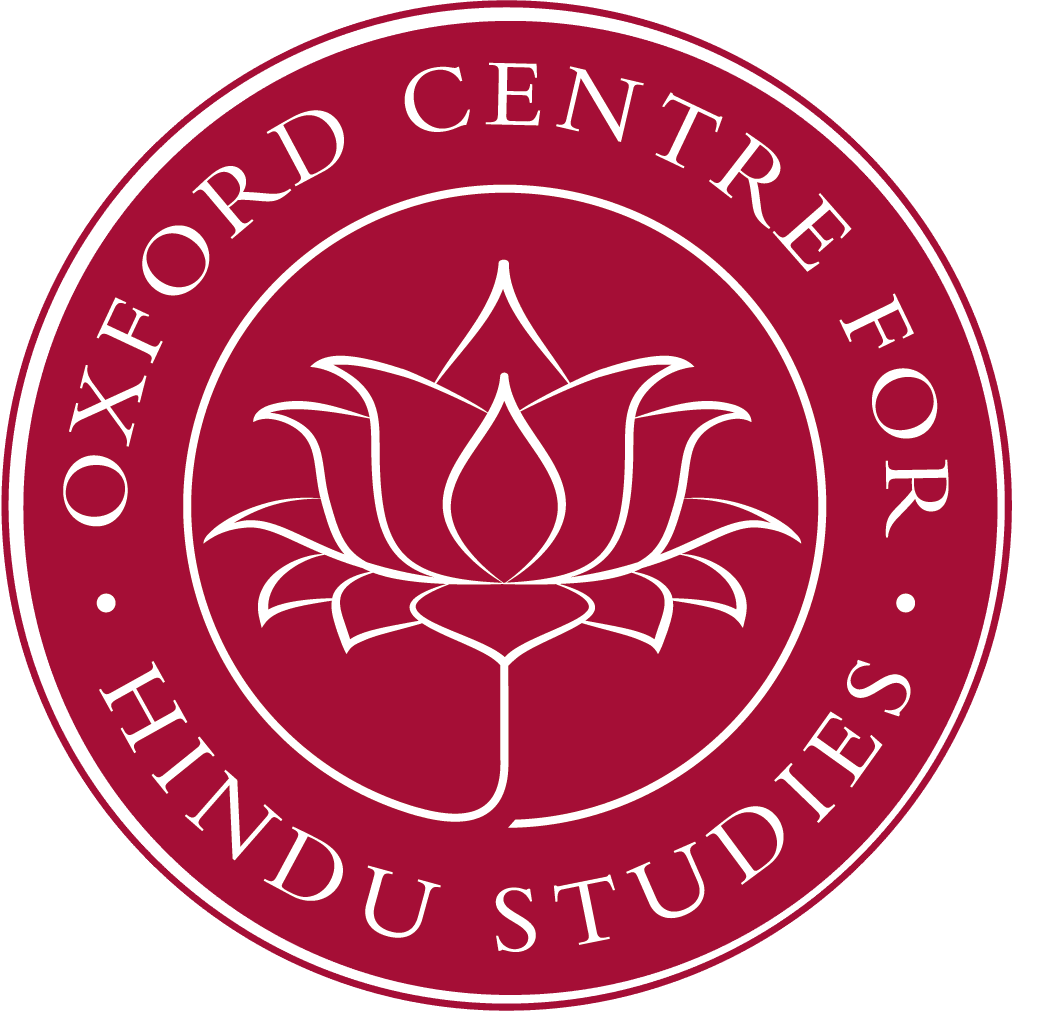I shall make a comparative study of three classical causal proofs of the existence of God, one offered by St. Thomas Aquinas, another, by Descartes and yet another, by Udayana (11th century, belonging to the classical Nyaya Hindu school of philosophy). I shall argue that the proof of Udayana is not open to some of the objections raised against the two other proofs and is more defensible.
Archives: Lectures
Readings in Phenomenology: Session 2 (HT 16)
Phenomenology is one of the most important developments in philosophy in the twentieth century that has had a deep impact on Theology and Religious Studies. The reading group seeks to engage with some of the fundamental concepts of phenomenology that underlie much work in Theology and the Phenomenology of Religion. This term we hope to read Pierre Hadot’s Philosophy as a Way of Life: Spiritual Exercises from Socrates to Foucault. Like Heidegger and others, Pierre Hadot felt that it was important for philosophy to recover some of the impulses that had shaped its development in classical culture and religion. Countering the development of phenomenology into an objective ‘science’, Hadot has led moves to reclaim the place of philosophical reflection as a ‘Spiritual Exercise’ concerned with human flourishing, self-development, and humanity’s place in the cosmos. To get some perspective on this development in phenomenology, we will read Pierre Hadot, Philosophy as a Way of Life: Spiritual Exercises from Socrates to Foucault (Oxford: Blackwell, 1995).
Readings in the Netratantra Chapter 7: Session 2 (HT 16)
The Netra Tantra is an important early medieval Śaiva text. We will read and discuss sections of the text based on the two manuscripts in the NGMPP Library and compare these with the published KSTS edition. Apart from reading the text we will discuss its meaning.
Elementary Sanskrit (HT 16)
The course continues an introduction to Sanskrit for the preliminary paper in Elementary Sanskrit. The class is designed to introduce students of Theology and Religion to the basics of the Sanskrit grammar, syntax and vocabulary. By the end of the course students will have competency in translating simple Sanskrit and reading sections of the story of Nala. The course book is Maurer’s The Sanskrit Language.
Hinduism 2: Hindu Traditions (Paper 21): Lecture 1 (HT 16)
Beginning with the early medieval period, this paper traces the development of Hinduism in devotional (bhakti) and tantric traditions. The paper examines the development of Śaiva, Śākta, and Vaiṣṇava traditions along with ideas about liberation, ritual, asceticism, yoga and devotion. There will be some exploration of Hinduism and Modernity and there may also be reference to major schools of Hindu philosophy such as Vedānta.
Readings in Middle Bengali Texts: Session 1 (HT 16)
We will read sections from key devotional and theological Vaiṣṇava texts in Bengali from the early modern period and discuss their meaning. Some proficiency in Bengali is a requirement.
Elementary Sanskrit
The course continues an introduction to Sanskrit for the preliminary paper in Elementary Sanskrit. The class is designed to introduce students of Theology and Religion to the basics of the Sanskrit grammar, syntax and vocabulary. By the end of the course, students will have competency in translating simple Sanskrit and reading sections of the story of Nala. The coursebook is Maurer’s The Sanskrit Language.
Readings in Phenomenology: Session 1 (HT 16)
Phenomenology is one of the most important developments in philosophy in the twentieth century that has had a deep impact on Theology and Religious Studies. The reading group seeks to engage with some of the fundamental concepts of phenomenology that underlie much work in Theology and the Phenomenology of Religion. This term we hope to read Pierre Hadot’s Philosophy as a Way of Life: Spiritual Exercises from Socrates to Foucault. Like Heidegger and others, Pierre Hadot felt that it was important for philosophy to recover some of the impulses that had shaped its development in classical culture and religion. Countering the development of phenomenology into an objective ‘science’, Hadot has led moves to reclaim the place of philosophical reflection as a ‘Spiritual Exercise’ concerned with human flourishing, self-development, and humanity’s place in the cosmos. To get some perspective on this development in phenomenology, we will read Pierre Hadot, Philosophy as a Way of Life: Spiritual Exercises from Socrates to Foucault (Oxford: Blackwell, 1995).
Readings in the Netratantra Chapter 7: Session 1 (HT16)
The Netra Tantra is an important early medieval Śaiva text. We will read and discuss sections of the text based on the two manuscripts in the NGMPP Library and compare these with the published KSTS edition. Apart from reading the text we will discuss its meaning.
Śāktism outside of Kashmir III
Abstract: In the first of these three lectures Professor Sanderson covers the history of Śaivism, setting out his view of its principal divisions, their historical development, and their interaction, and locating on this map the entry point of an influx of Śākta Śaiva forms of ecstatic religion into what had previously been a cluster of austere, highly ascetic traditions. In the second he narrows his focus to examine the history of Śaivism in Kashmir, concentrating on the nature of its Śākta Śaiva elements, notably the traditions of the Trika and Krama, but stressing the importance of seeing how these were embedded within, and interacted with, more exoteric forms of the religion. In the third lecture, he presents evidence that these Śākta Śaiva traditions developed and flourished outside Kashmir in most regions of the subcontinent and that, though much of their later highbrow literature was modelled on the learned exegesis of Abhinavagupta and Ksemarāja there are reasons to conclude that they had pre-Kashmirian histories.
The second and third lectures demonstrate incidentally the inappositeness of the widely used term ‘Kashmir Śaivism’ to refer to the Trika and related Śākta Śaiva systems, the second by showing that these systems co-existed in Kashmir with non-Śākta, Saiddhāntika Śaivism, and the third by refuting or casting doubt on the notion that the Śākta Śaiva systems that received such learned attention in Kashmir in the tenth century were Kashmirian in origin
 Prof. Alexis Sanderson: after a training in Classics, began his Indological career as a student of Sanskrit at Balliol College, Oxford in 1969. After graduation he spent six years studying the Kashmirian Śaiva literature in Kashmir with the Śaiva scholar and guru Swami Lakshman Joo from 1971 to 1977 while holding research positions at Merton and Brasenose Colleges. From 1977 to 1992 he was Associate Professor (University Lecturer) of Sanskrit in the University of Oxford and a Fellow of Wolfson College. In 1992 he was elected to the Spalding Professorship of Eastern Religions and Ethics at Oxford and thereby became a Fellow of All Souls College. He retired from that post in 2015. Since then he has been preparing a critical edition, with a translation and commentary, of the Tantrāloka, Abhinavagupta’s monumental exposition of the Śākta Śaivism of the Trika.
Prof. Alexis Sanderson: after a training in Classics, began his Indological career as a student of Sanskrit at Balliol College, Oxford in 1969. After graduation he spent six years studying the Kashmirian Śaiva literature in Kashmir with the Śaiva scholar and guru Swami Lakshman Joo from 1971 to 1977 while holding research positions at Merton and Brasenose Colleges. From 1977 to 1992 he was Associate Professor (University Lecturer) of Sanskrit in the University of Oxford and a Fellow of Wolfson College. In 1992 he was elected to the Spalding Professorship of Eastern Religions and Ethics at Oxford and thereby became a Fellow of All Souls College. He retired from that post in 2015. Since then he has been preparing a critical edition, with a translation and commentary, of the Tantrāloka, Abhinavagupta’s monumental exposition of the Śākta Śaivism of the Trika.
